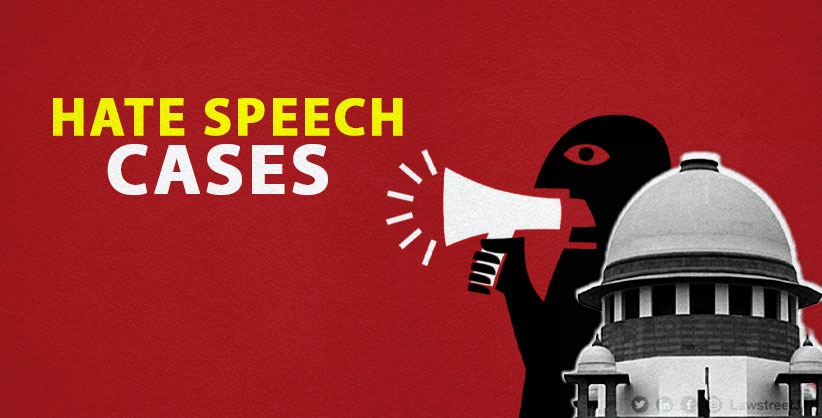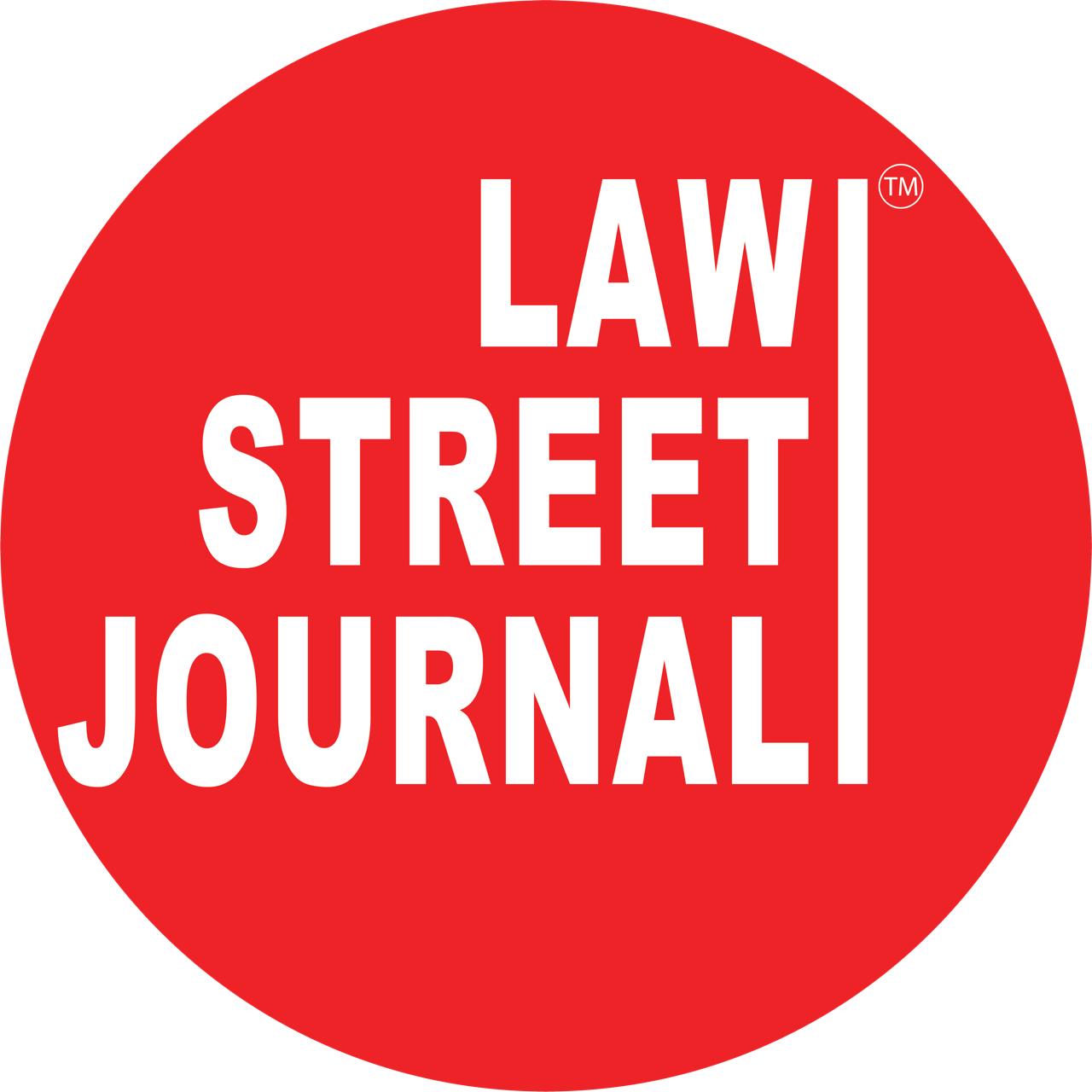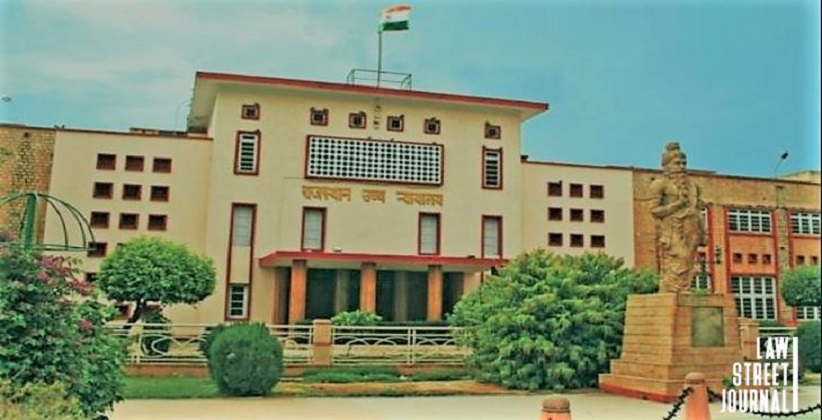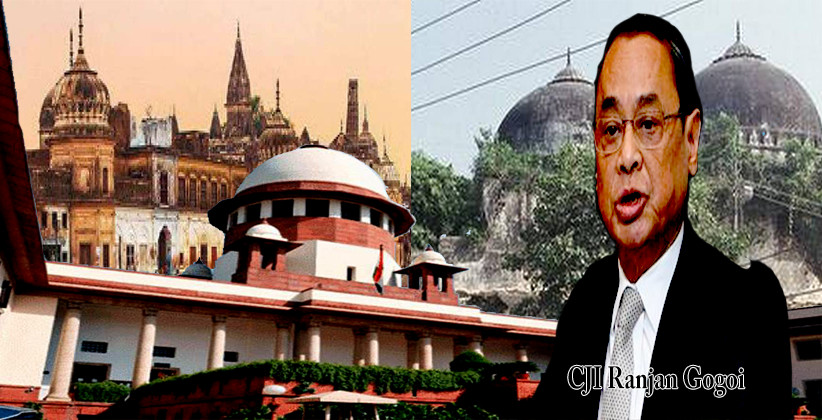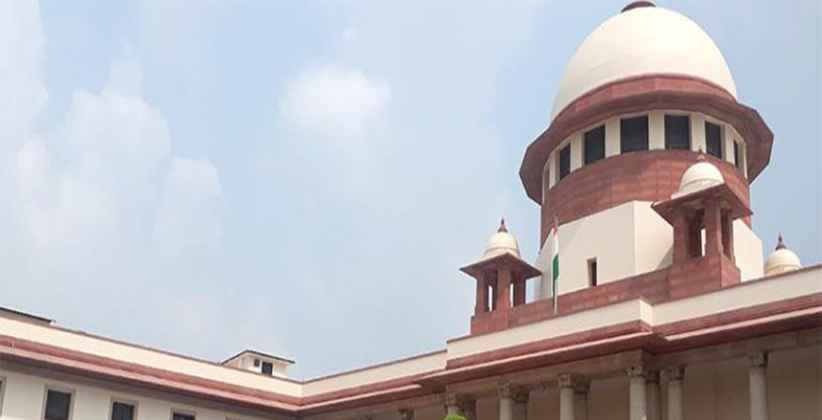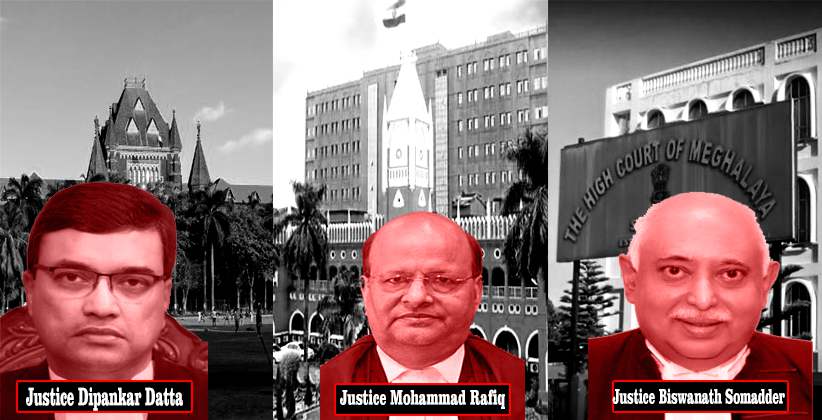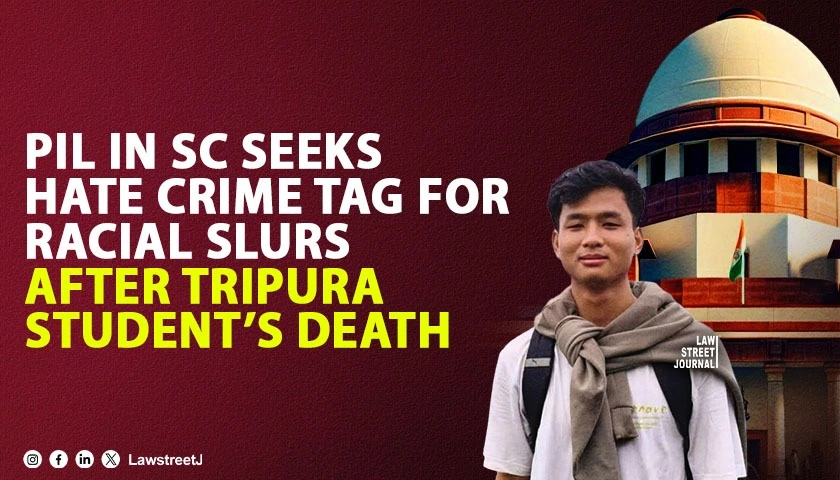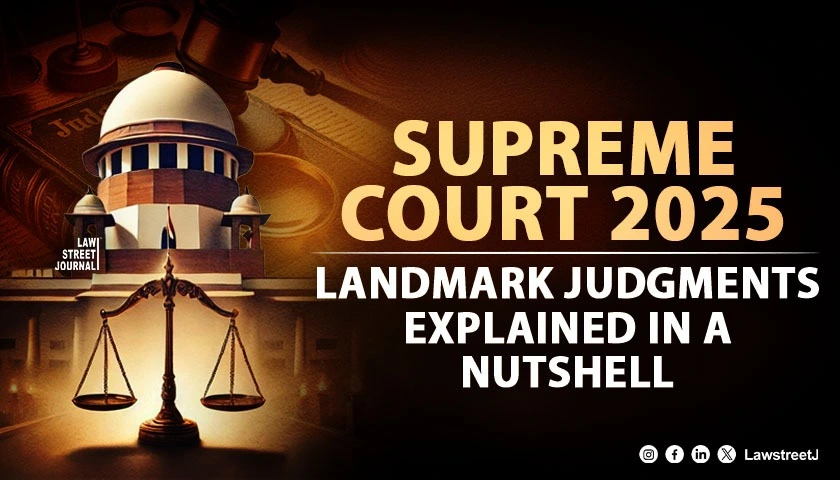NEW DELHI: The Supreme Court on Friday asked the Centre to constitute a committee to look into the cases of hate speech, while observing that there has to be harmony and comity between communities.
The court emphasised that all communities are responsible for maintaining harmony and nobody can accept hate speech.
A bench of Justices Sanjiv Khanna and S V N Bhatti asked Additional Solicitor General K M Nataraj, representing the Centre, to seek instructions and inform it about the committee by August 18.
The apex court was hearing a plea by Kerala based journalist Shaheen Abdullah regarding alleged blatant hate speeches against a particular community and their social and economic boycott at rallies in different states, including Haryana.
The bench said it can ask the DGP to constitute a committee which will receive complaints from SHOs and examine them in connection with content as well as authenticity of speeches and then issue appropriate directions to concerned police officers.
The bench said the problem is the understanding of law at different levels and sensitisation is required.
Nataraj said that this problem has to be solved and nobody can accept hate speech.
Nataraj said the law is somehow in some places not working.
"Why not have an in-built mechanism," the bench asked, saying that coming to courts is not a solution to the problem of 'hate speech'.
Nataraj said the government does not support hate speech.
Senior advocate Kapil Sibal, representing the petitioner- journalist Abdullah, referred to incitement of violence in speeches delivered following communal clashes in Nuh, Haryana.
He said that in the meantime, DGP of police can be given the materials including videos regarding hate speech. The bench asked Sibal to collate and send the material to the concerned official.
Sibal said the problem is not registration of FIRs, but what progress is made.
The bench said there should be a mechanism to check this and the committee must meet periodically and also check on the progress of investigation after registration of the FIRs and if there is any laxity, it can be checked.

